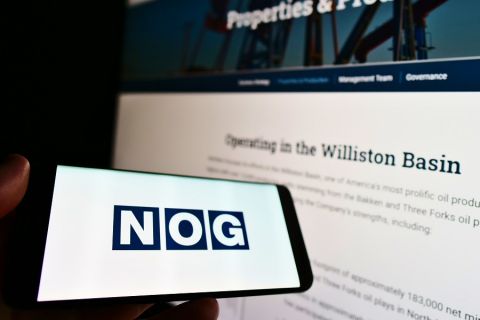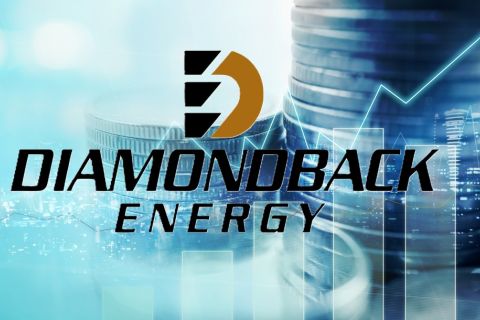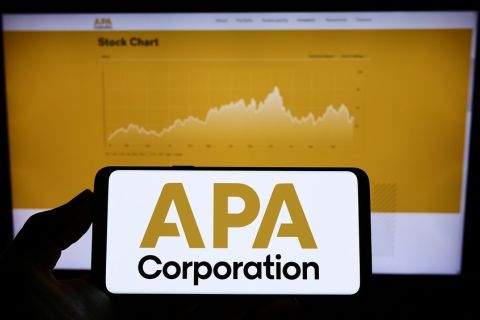The long-discussed Alaska gas pipeline and liquefaction project may be closer to reality, but the partners are still jockeying for shares in the multibillion dollar proposal.
Alaska Gov. Sean Parnell announced recently the state will pursue an equity interest, probably around 20% to 25%. He also announced the state will terminate its involvement with TransCanada Corp. as its licensee under the 2007 Alaska Gasoline Inducement Act and seek a commercial agreement with the pipeline company. Other partners are
ExxonMobil, BP plc and ConocoPhillips—the major North Slope oil producers.
“For the first time in our state’s history, the framework is in place to build an all-Alaska gas line on Alaska’s terms and in Alaskans’ interests,” the governor said. “We have all the necessary parties to make an Alaska gas line project go.”
Parnell also said he intends to introduce legislation to address how the state will manage its gas resources by authorizing
Alaska’s Department of Natural Resources to modify certain leases, and enter into shipping agreements to move and sell state-owned gas. The legislation will propose moving from a variable net tax to a flat gross tax for North Slope gas, allow certain producers to pay production taxes with gas, and enable the Departments of Revenue and Natural Resources to manage state gas revenues.
The current project calls for a 42-inch, 800-mile pipeline with eight compressor stations that would roughly parallel the existing Trans Alaska Pipeline System crude line and move around 3 Bcf per day of gas. The system would supply a world-class liquefaction plant, tentatively planned to go in outside Kenai, Alaska. LNG would be shipped to Asian customers.
It would also provide gas service to Anchorage, Fairbanks and other inland settlements. The entire project would be the
largest midstream project ever built in North America. Cost estimates are $45 billion or more.
Recommended Reading
Northern Oil and Gas Ups Dividend 18%, Updates Hedging
2024-02-09 - Northern Oil and Gas, which recently closed acquisitions in the Utica Shale and Delaware Basin, announced a $0.40 per share dividend.
Baytex Prices Upsized Private Placement of Senior Notes
2024-03-15 - Baytex intends to use the proceeds to pay a portion of outstanding debt on its credit facilities and general corporate purposes.
Endeavor Integration Brings Capital Efficiency, Durability to Diamondback
2024-02-22 - The combined Diamondback-Endeavor deal is expected to realize $3 billion in synergies and have 12 years of sub-$40/bbl breakeven inventory.
E&P Earnings Season Proves Up Stronger Efficiencies, Profits
2024-04-04 - The 2024 outlook for E&Ps largely surprises to the upside with conservative budgets and steady volumes.
APA Corp. Declares Cash Dividend
2024-02-12 - At a rate of $0.25 per share, APA’s dividend is payable May 22 to stockholders of record by April 22.





